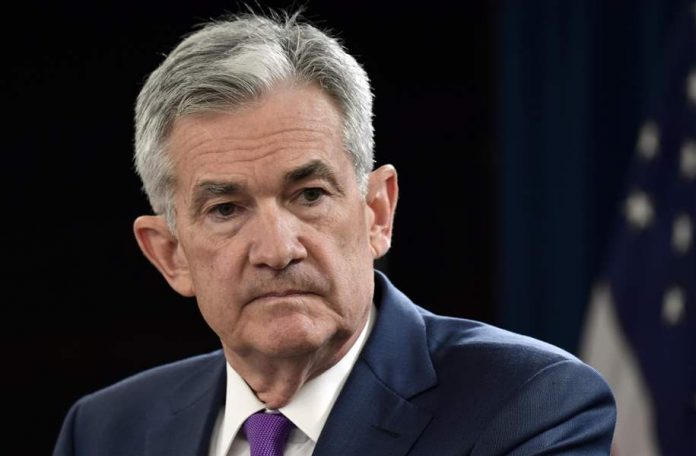The market’s rising today, minus tech stocks, ahead of a highly anticipated announcement from the Fed this afternoon. Investors are expecting more dovish monetary policy.
If the Federal Open Market Committee (FOMC) hints at an increase in rates, or an end to the easing, however, bulls might be in trouble.
This is a Fed-driven market, after all. The central bank is in complete control of whether the current rally continues or not.
And based on the Dow and S&P’s performance this morning, it would appear that investors think the Fed’s stance will remain unchanged.
Which, at present, seems likely given Fed Chairman Powell’s remarks following the last FOMC meeting. Powell acknowledged that the U.S. economy was still in distress, and that it needed rates at near-zero for “as long as it takes” to recover.
But the market hasn’t counted out a more hawkish Fed entirely. Better than expected Q2 earnings had some analysts nervous about interest rates. If a full, “V-shaped” recovery was on track for the end of the year, they thought Powell might use it as evidence to raise rates.
Ironically, though, sluggish job growth – a typically bearish trend – may end up being a boon for bulls. The labor market has lagged behind the U.S. economy’s other components, suggesting that Main Street is still reeling from Covid. Poor retail sales numbers for August came in this morning as well, which should skew matters negative in today’s FOMC discussions.
Overall, a case can certainly be made for more dovish policy, and as a result of that policy, a rising market.
“Optimism is being supported by a continual flow of good economic news, healthy earnings news and the prospect of getting more comforting news from the Federal Reserve tomorrow suggesting they remain committed to letting the recovery run hot while continuing to provide supportive policies,” said Jim Paulsen, chief investment strategist at the Leuthold Group.
To Jefferies chief market strategist David Zervos, investors also need to consider how the FOMC might be swayed by Washington.
“The Fed doesn’t like to be involved in politics, even though it’s inherently a political institution but two months before an election is a very difficult time to put your politics aside,” Zervos said.
“You just have to expect that there’s going to be some thought to politics.”
Powell and President Trump haven’t always seen eye-to-eye. Back in late 2018, the Fed announced a rate hike that sent both the market and economy spinning.
Trump blasted Powell for the decision to do so. Quantitative tightening, while a noble cause, wasn’t something the U.S. was ready for after nearly a decade of quantitative easing (QE). Economists have long said that QE is like a roach motel – once your economy checks in, it can’t check out.
Powell proved that to be somewhat true with his 2018 gambit.
Now, though, he and POTUS seem to be on the same page. Trump wanted the Fed to set a “level playing field” for the U.S. relative to the negative-rate European Union.
Thanks to the Covid lockdowns, he got his wish. And the FOMC’s likely to keep things dovish until “coronamania” dies down.
Regardless of what Trump, Joe Biden, or anyone else in Washington wants. Meaning that the bull market – overextended as it may look – should continue, at the very least, for the short-term future.








